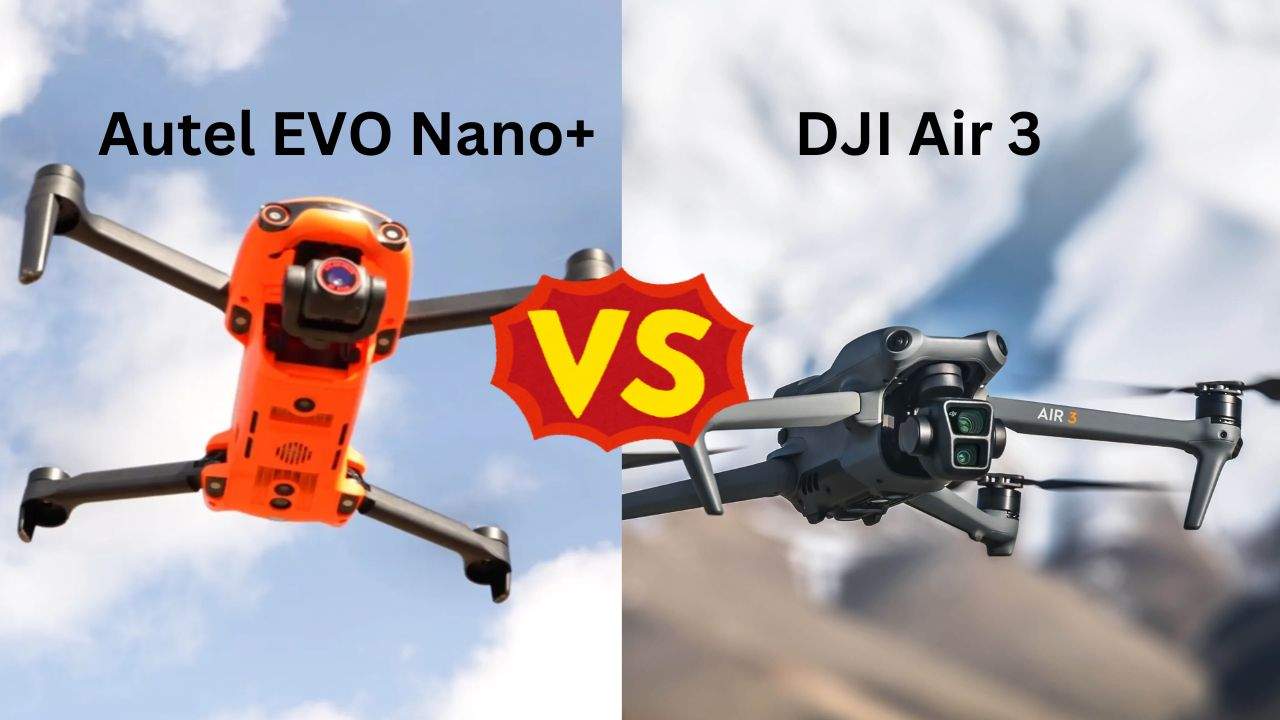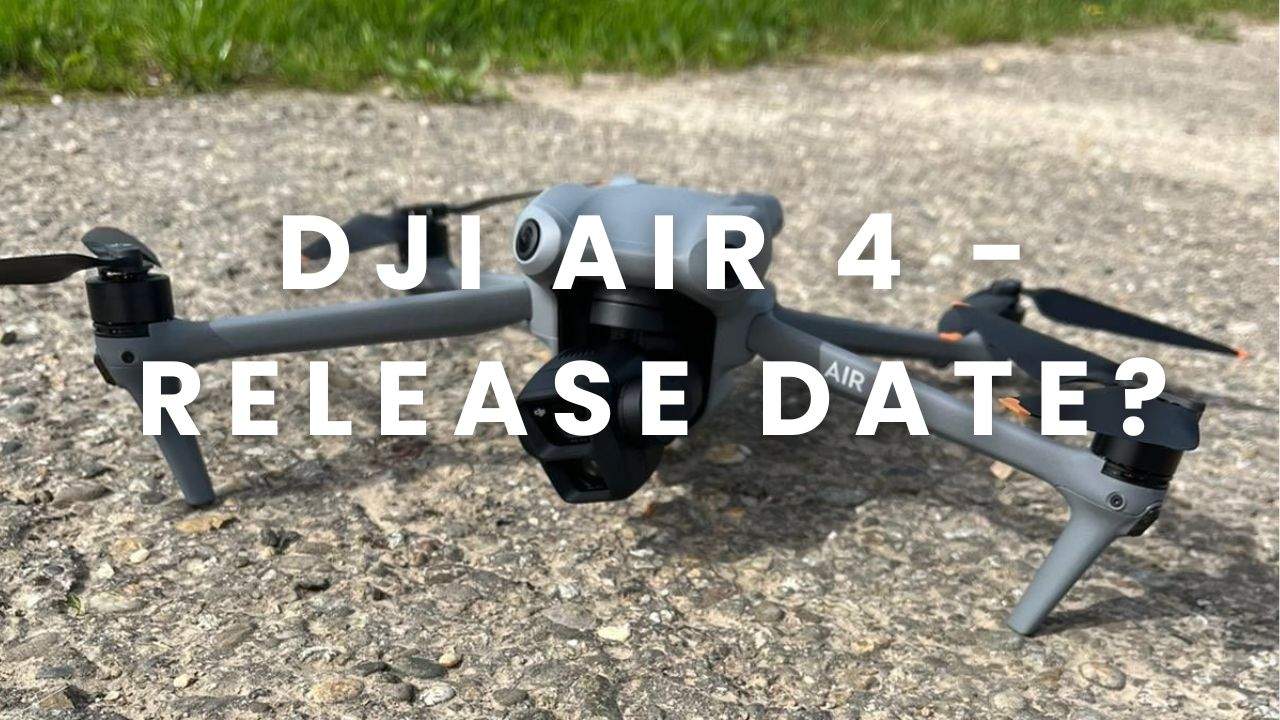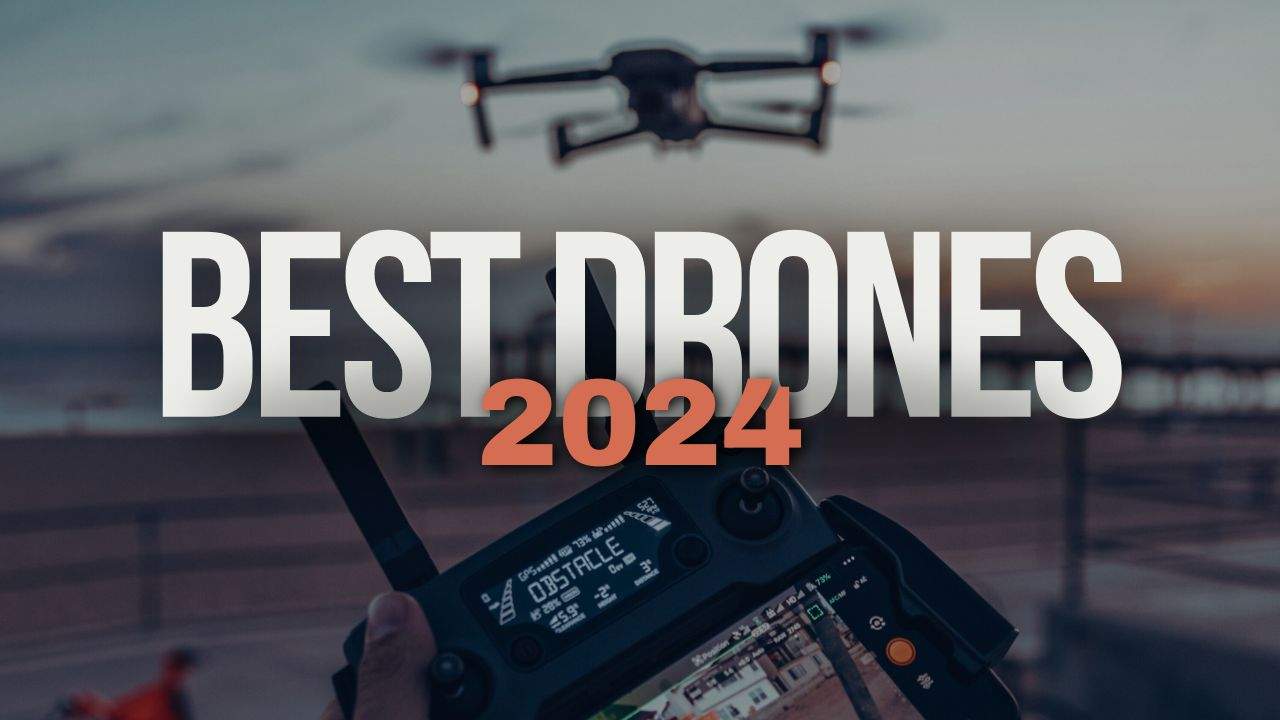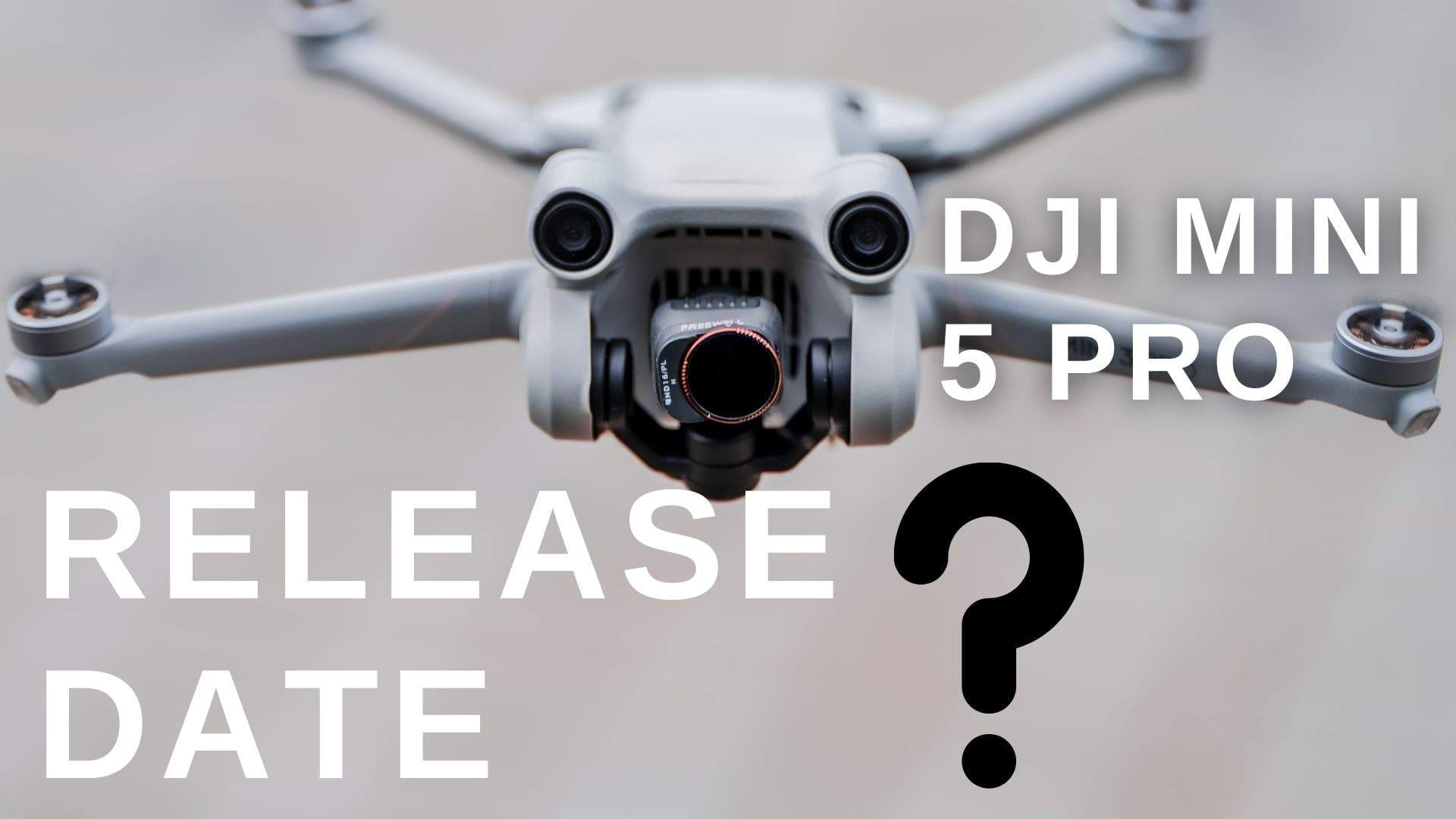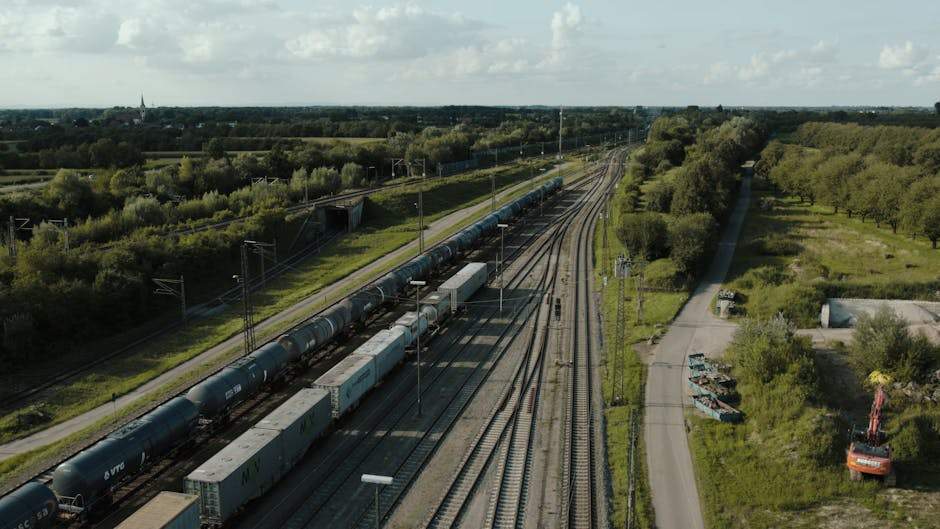What makes the DJI FPV different from other racing drones on the market? 🚀
The DJI FPV (First Person View) drone represents a significant leap in drone technology, especially within the racing and high-speed flight arena. Unlike traditional racing drones, the DJI FPV combines the high-speed performance characteristics of racing drones with DJI’s renowned high-quality video transmission technology, advanced safety features, and ease of use. However, despite its innovative design and features, some enthusiasts and professionals argue that it misses the mark in certain aspects compared to dedicated racing drones. In this blog post, we’ll explore what makes the DJI FPV stand out, as well as where it might fall short for the hardcore racing drone community.
Unique Features of DJI FPV
- Hybrid Design: The DJI FPV is a hybrid between a racing drone and a cinematic drone. This design choice offers users the thrill of racing at high speeds while capturing smooth, high-quality video footage, a combination that’s rare in the racing drone market.
- HD Video Transmission: One of the standout features is its OcuSync 3.0 video transmission technology, which provides crystal-clear, real-time HD video feed to the goggles from up to 10 km away, significantly outperforming the analog video signals used in most racing drones.
- Advanced Safety Features: The DJI FPV comes equipped with several safety features uncommon in traditional racing drones, such as an emergency brake and hover feature, obstacle sensing system, and return-to-home (RTH) capability. These features make it more accessible to beginners and reduce the risk of crashes.
- Integrated Camera and Gimbal: Unlike many racing drones that require a separate action camera, the DJI FPV has an integrated 4K 60fps camera on a single-axis gimbal, ensuring high-quality footage with stabilization.
- Ease of Use: With modes ranging from manual to fully automated, the DJI FPV caters to pilots of all skill levels. The drone includes a dedicated simulator to help beginners learn how to fly in a risk-free environment.
Where It May Miss the Mark for Racing Purists
- Weight and Size: The DJI FPV is heavier and bulkier than most dedicated racing drones. This can affect its agility and speed, which are critical factors in drone racing.
- Limited Customizability: Racing enthusiasts often prefer to build or heavily modify their drones, tailoring every aspect of their performance and functionality. The DJI FPV offers limited hardware customizability, which might not satisfy all racing purists.
- Battery Life and Flight Time: Due to its powerful features and heavier build, the DJI FPV has a relatively short flight time compared to some racing drones designed exclusively for efficiency and speed.
- Cost: The DJI FPV is generally more expensive than many basic racing drones. For hobbyists focused purely on the racing aspect, the additional features of the DJI FPV might not justify the higher price point.
In what areas does the DJI FPV drone fall short of expectations? 🎯
While the DJI FPV drone has certainly set a new benchmark in the blend of racing and cinematic drone capabilities, there are specific areas where it falls short of the expectations set by its marketing and the anticipations of the drone racing and hobbyist community. Let’s delve into these areas in detail:
1. Agility and Responsiveness
- Agility: Compared to custom-built racing drones, which are designed for tight turns and nimble maneuvering, the DJI FPV can feel less agile. This is partly due to its weight and size, which naturally limit its ability to make very sharp turns at high speeds.
- Responsiveness: Although the DJI FPV can be flown in manual mode, giving experienced pilots more control, some users find its response times a tad slower than those of dedicated racing drones. This slight delay can be critical in competitive racing scenarios.
2. Speed
- The DJI FPV is fast, capable of reaching speeds up to 140 kph (87 mph). However, in the realm of racing drones, where every fraction of a second counts, there are racing-specific models that can outpace the DJI FPV, especially in custom setups designed for maximum speed.
3. Durability
- Crash Resistance: Racing drones are expected to endure crashes and collisions. While the DJI FPV is built to be robust, its integrated components and heavier frame mean that high-speed impacts can lead to more significant damage compared to the modular designs of traditional racing drones, where individual parts can be easily replaced.
- Repairability: The integrated nature of the DJI FPV’s design makes repairs more challenging and potentially more expensive than with a custom-built racing drone, where components are easily interchangeable.
4. Battery Life and Flight Time
- The DJI FPV’s advanced features and powerful motors come at the cost of battery life. With a flight time of approximately 20 minutes under optimal conditions, it falls short for users expecting longer flight sessions without the need for frequent battery changes, which is a critical consideration in the racing community.
5. Customizability and Upgradability
- One of the biggest draws of drone racing is the ability to customize and tweak drones for performance. The DJI FPV, while offering an impressive out-of-the-box experience, limits users’ ability to modify hardware components or fine-tune settings to the same extent as custom racing drones. This lack of customization can be a significant drawback for enthusiasts who enjoy tailoring their drones to specific racing conditions.
6. Cost vs. Performance
- The DJI FPV’s price point is higher than many entry-level racing drones, which could be a barrier for newcomers to the hobby. While it offers advanced features that justify the cost, when it comes to pure racing performance, enthusiasts might find that custom-built drones offer more bang for their buck in terms of speed and agility.
Is the DJI FPV drone worth its price tag for enthusiasts and professionals? 💰
The question of whether the DJI FPV drone is worth its price tag for enthusiasts and professionals depends on various factors, including individual priorities, interests, and what they seek to achieve with the drone. Let’s break down the considerations that might influence the decision from the perspectives of both enthusiasts and professionals.
For Enthusiasts
- Unique Flying Experience: The DJI FPV provides a unique blend of high-speed racing and cinematic capabilities. For enthusiasts who value the immersive experience of FPV flying alongside the ability to capture smooth, high-quality video, the DJI FPV offers a compelling package that few other drones can match.
- Ease of Use: With features like GPS, obstacle sensing, and the emergency brake and hover, the DJI FPV is more accessible to beginners than traditional racing drones. Enthusiasts who are new to drone racing but have an interest in FPV flying might find the DJI FPV particularly appealing for its balance between performance and user-friendliness.
- All-in-One Solution: The DJI FPV comes with everything needed to start flying and filming in FPV, including the drone, goggles, and controller. This convenience can be a significant advantage for enthusiasts looking for an integrated system without the need to research and purchase separate components.
For Professionals
- Cinematic Capabilities: For professionals in videography and content creation, the DJI FPV’s ability to capture 4K 60fps video with a wide dynamic range and its unique perspective can be incredibly valuable. Its high-speed flight capability allows for the creation of dynamic shots that would be difficult or impossible with other drones.
- Reliability and Technology: DJI’s reputation for reliability and advanced technology, including their OcuSync 3.0 video transmission system, means that professionals can count on the DJI FPV for critical shoots where clear, lag-free video feed is essential.
- Safety Features: The advanced safety features not only protect the drone but also the subjects and surroundings. For professionals working in complex environments, these features can provide peace of mind and reduce the risk of costly accidents.
Considerations
- Price vs. Specific Needs: The DJI FPV is a significant investment, and its value depends on how well it meets the specific needs of the user. For those primarily interested in competitive racing or who prefer highly customizable drones, there may be more cost-effective options.
- Durability and Repair Costs: Professionals and enthusiasts alike should consider the potential costs associated with repairs or replacements due to the integrated nature of the drone’s design.
What improvements could make the DJI FPV a better racing drone? 🛠️
Enhancing the DJI FPV drone to better cater to the FPV racing community involves addressing its current limitations while leveraging its unique strengths. By focusing on agility, speed, durability, customizability, and the pilot’s overall racing experience, several improvements and modifications could significantly boost its appeal to racing enthusiasts. Here are some potential upgrades that could make the DJI FPV a more formidable contender in the racing drone market:
1. Lightweight Design
- Material Enhancements: Incorporating more lightweight materials such as carbon fiber or titanium in the drone’s frame and body could reduce its overall weight, enhancing agility and speed without sacrificing durability.
- Compact Form Factor: Redesigning the drone to have a more compact and aerodynamic shape would improve its maneuverability and resistance to wind, crucial factors in racing scenarios.
2. Enhanced Customizability
- Modular Design: A more modular approach, allowing pilots to easily swap out or upgrade individual components like motors, propellers, and the battery, would increase the drone’s appeal to enthusiasts who enjoy tailoring their setups to specific racing conditions.
- Open-Source Firmware and Software: Providing support for open-source firmware and software would enable advanced users to fine-tune flight characteristics and controller responsiveness, tailoring the drone’s performance to their precise preferences.
3. Improved Battery Performance
- Higher Capacity Batteries: Developing batteries with higher energy density could extend flight times, reducing the need for frequent battery changes during racing sessions.
- Quick-Swap Battery System: A system that allows for rapid battery changes could minimize downtime between flights, keeping pilots in the air longer.
4. Advanced Flight Modes
- Custom Racing Modes: Introducing flight modes specifically designed for racing, focusing on maximum agility and response speed, would enhance the pilot’s control during high-speed maneuvers.
- Precision Control Tuning: Offering more granular control over the drone’s flight parameters and sensitivity settings would allow pilots to adapt the drone’s handling to their flying style and the demands of different race tracks.
5. Durability and Repairability
- Reinforced Stress Points: Strengthening areas of the drone that are most vulnerable to damage in crashes could improve its overall durability, a critical factor in racing.
- Easily Replaceable Components: Ensuring that key components such as the arms, motors, and camera can be quickly and easily replaced would lower repair costs and time, making the drone more appealing to serious racers.
6. Enhanced Propulsion System
- High-Performance Motors and Propellers: Upgrading to more powerful motors and more efficient propellers could offer a significant boost in speed and acceleration, key factors in racing performance.
- Variable Thrust Settings: Allowing pilots to adjust thrust settings for different phases of a race could optimize performance, similar to how gear shifting works in automotive racing.




